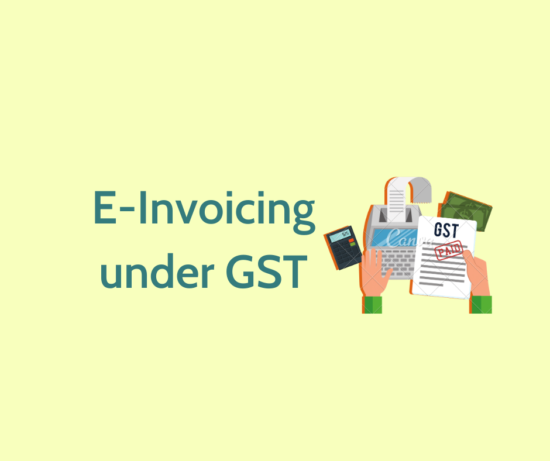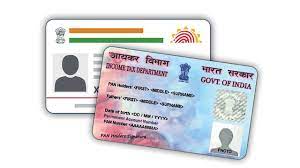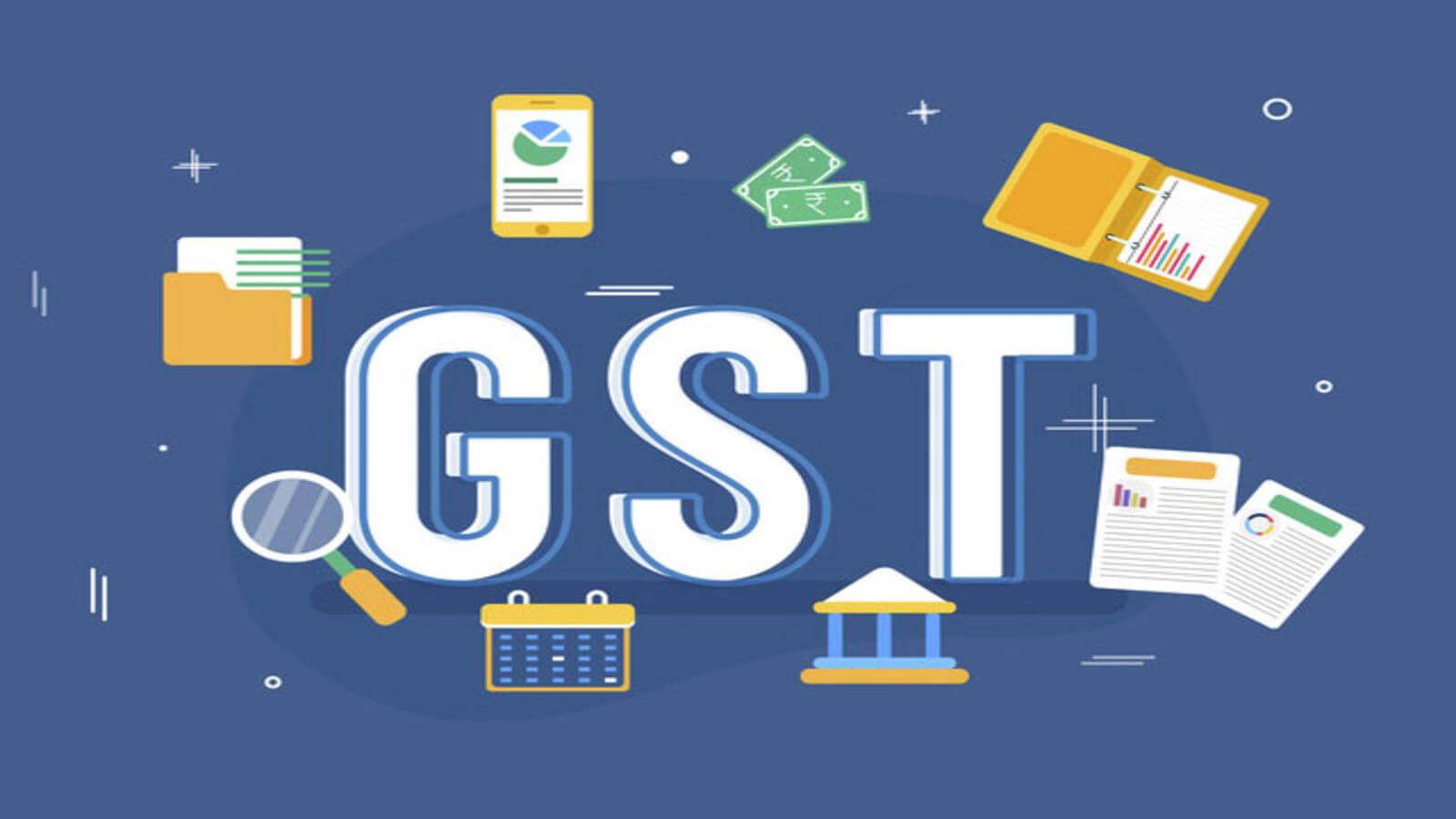As per latest notification, e-invoice will be mandatory w.e.f. 1st October, 2020, for notified classes of registered persons (those having aggregate annual turnover at PAN level more than Rs. 500 Crores).
As the date is coming near,the National Informatics Centre (“NIC”) has issued Frequently Asked Questions (“FAQs”) on E-Invoice/IRN System. The important FAQs out of these are given below for ready reference of our readers.
FAQs on GST e-invoice:
A. E-invoice – Basics:
Q. What is e-invoicing?‘e-invoicing’ means the invoice shall be prepared after obtaining an Invoice Reference Number (IRN) by uploading specified particulars (in FORM GST INV-01) on the notified Invoice Registration Portals (IRP).
Ans. ‘e-invoicing’ doesn’t mean a generation of invoice by a Government portal.
‘e-invoicing’ facilitates exchange of the invoice document (structured invoice data) between a supplier and a buyer in an integrated electronic format.
Q. What is the e-invoicing process? How is it different from the present system?
Ans. There is no much difference indeed.
Registered persons will continue to create their GST invoices on their own Accounting/Billing/ERP Systems. These invoices will now be reported to ‘Invoice Registration Portal (IRP)’. On reporting, IRP returns the e-invoice with a unique ‘Invoice Reference Number (IRN)’ after digitally signing the e-invoice and adding a QR Code.
Then, the invoice can be issued to the receiver (along with QR Code). A GST invoice will be valid only with a valid IRN.
For more detailed process, please go through: ‘e-invoice – Detailed Overview’
Q. What businesses need to do, to be e -invoice ready?
Ans. Businesses will continue to issue invoices as they are doing now. Necessary changes on account of e-invoicing requirement (i.e. to enable reporting of invoices to IRP and obtain IRN ), will be made by ERP/Accounting and Billing Software providers in their respective software. They need to get the updated version having this facility.
B. E-invoice – Applicability:
Q. What documents are presently covered under e-invoicing?
Ans. i. B2B Invoices
ii. Invoices issued for Exports
iii. Credit Notes
iv. Debit Notes issued by a notified class of registered persons are currently covered under e-invoice.
Though different documents are covered, for ease of reference and understanding, the system is referred to as ‘e-invoicing’.
Q. What transactions are presently covered under e-invoice?
Ans. B2B GST Supplies and Export Invoices, Credit and Debit Notes issued by a notified class of taxpayers are currently covered under e-invoice.
Q. Which entities/persons are exempt from the e-invoice mandate?
Ans:
a. Special Economic Zone Units
b. insurer or a banking company or a financial institution, including a non-banking financial company
c. goods transport agency supplying services in relation to transportation of goods by road in a goods carriage
d. Suppliers of passenger transportation service
e. Suppliers of services by way of admission to exhibition of cinematograph films in multiplex screens
C. E-invoice – Reporting to IRP:
Q. What do I need to generate an e-invoice?
Ans. A system/utility to report e-invoice details in JSON format to IRP and receive signed e-invoice in JSON format from the Portal.
Q. Whether the Government will provide any tool to report invoices to IRP?
Ans. Yes. For small entities not having their own ERP/Software solutions, a free offline utility will be provided, through which invoices can be easily prepared, reported to IRP and obtain IRN/signed e-invoice.
D. E-invoicing – Schema / Contents:
Q. What is an e-invoice schema?
Ans. ‘Schema’ simply means a structured template or format. ‘e-invoice’ schema is the standard format for electronic invoice. It is notified as ‘Form GST INV-1’.
Q. Why is an e-invoice standard/schema required?
Ans. Presently, businesses are preparing/generating invoices in their respective ERPs/Accounting/Billing Software. The e-invoice generated by one is not understood by the other, thereby necessitating data entry efforts and consequent errors and reconciliation problems.
‘Schema’ acts as a uniform standard for ERP/ Billing/Accounting software providers to build utility in their solution/package to prepare e-invoice in notified standard thereby ensuring e-invoice generated by any ERP/Accounting and Billing Software is correctly understood by another ERP/Accounting software. This is also required for ensuring uniformity in reporting to IRP.
Schema ensures e-invoice is ‘machine-readable’ and ‘inter-operable’, i.e. the invoice/format can be readily ‘picked up’, ‘read’, ‘understood’, and further processed by different systems like Oracle, Tally, SAP etc.
E. E-invoicing – Generation of IRN:
Q. Is the Invoice number the same as Invoice Reference Number (IRN)?
Ans. No. Invoice no. (e.g. ABC/1/2019-20) is assigned by the supplier and is internal to the business. Its format can differ from business to business and also governed by relevant GST rules. IRN, on other hand, is a unique reference number (hash) generated and returned by IRP, on successful registration of e-invoice.
Q. How a typical IRN looks like?
Ans. It is a unique 64-character hash, e.g. 35054cc24d97033afc24f49ec4444dbab81f542c555f9d30359dc75794e06bbe
F. E-invoicing – Printing of Invoice / IRN / QR Code:
Q. Can I print an e-invoice?
Ans. Yes. Once the IRP returns the signed JSON, it can be converted into PDF and printed, if required.
Q. Do I need to print IRN on the invoice?
Ans. No. It’s optional. IRN is anyway embedded in the QR Code to be printed on the invoice.
G. E-invoice – Verification of IRN / QR Code:
Q. How to verify an invoice is duly reported to IRP?
Ans. A dedicated mobile app to scan and verify the validity of the e-invoice QR Code will be provided. Further, a “Search IRN” facility will also be provided on GST Portal.
Q. What data is embedded in QR Code?
Ans. The QR code will consist of the following key particulars of e-invoice:
- GSTIN of Supplier
- GSTIN of Recipient
- Invoice number, as given by Supplier
- Date of generation of invoice
- Invoice value (taxable value and gross tax) f. Number of line items
- HSN Code of main item (line item having highest taxable value)
- Unique IRN (Invoice Reference Number/hash)
- E-invoice – Sending to Receiver:
Q. On the generation of IRN, will the IRP send or e-mail the e-invoice to the receiver?
Ans. No. IRP will not do this. Upon receiving signed JSON from the IRP, it is for the supplier to send the e-invoice (along with QR Code etc.) to the receiver.
Q. How will the supplier send the e-invoice to the receiver?
Ans. A suggested mechanism may be to exchange the PDF of the JSON received from IRP, (which includes signed QR code) as the best authenticated version of the e-invoice for business transactions. However, a mechanism to enable system-to-system exchange of e-invoices will be provided in due course.
I. E-invoicing – Amendment / Cancellation:
Q. Can an IRN/invoice reported to IRP be cancelled?
Ans. Yes. This request can be triggered through ‘Cancel API’ within the prescribed period.
Q. Can a cancelled e-invoice number be used again?
Ans. No. Once an IRN/invoice is cancelled, the same invoice number cannot be used again to generate another invoice. In case it is used again then the same will be rejected when it is uploaded on IRP.
J. E-invoicing – Linkage with E-Way Bill / GST Return:
Q. With the introduction of e-invoicing, is e-way bill still compulsory?
Ans. Yes. While transporting goods, wherever the e-way bill is needed, the requirement continues to be mandatory.
Q. Will the e-invoice details be pushed to GST System?
Ans. Will they populate the return? Yes. The IRP will push the relevant invoice data (payload) to GST System. The GST system will auto-populate them into GSTR-1 of the supplier.
K. E-invoicing – Technology / APIs:
Q. Where e-invoice API integration specifications are found?
Ans. They can be viewed at https://einv-apisandbox.nic.in/
Q. Are there more FAQs on e-invoice from technology/developer’s angle?
Ans. Yes. You can access them at https://einvoice1.gst.gov.in/Others/Faqs
The Complete FAQs are as under for ready reference of our readers:
Source: https://www.gstn.org.in/e-invoicing
***
[rainbow]Don’t miss the next GST Update / Article / Judicial pronouncement[/rainbow]
Subscribe to our newsletter from FREE to stay updated on GST Law
Resolve your GST queries from national level experts on GST free of cost.
Frah Saeed is a law graduate specializing in the core field of indirect taxes and is the Co-founder of taxwallah.com. She has authored many publications on GST and is into full-time consultancy on GST to big corporates. She as a part of taxwallah.com heads a team comprising of Chartered Accountants and Advocates and plays a key role in our mission to disseminate GST knowledge to all.





